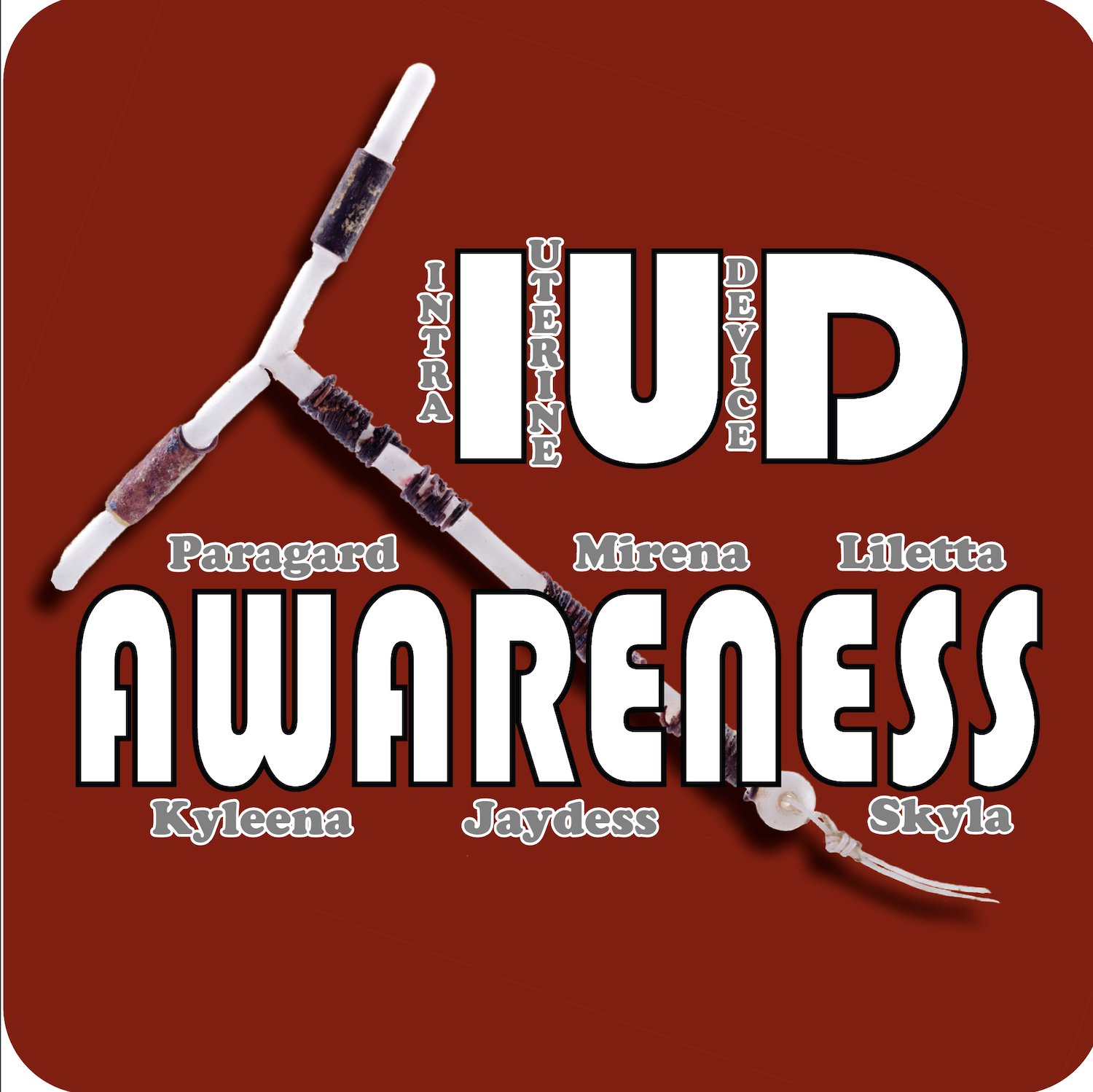My IUD insertion was more painful than my 34-hour home birth.
/ Internet Link“As a former home-birth midwife, I approached birth knowing it would hurt and was able to plan it so that my preferred coping mechanisms were available, along with excessive dog kisses.
Likewise, my first IUD insertion was bearable because an empathetic nurse practitioner warned me to expect pain and talked me through everything she did. She also gave me choices whenever possible, including the option to soften my cervix before the procedure using a medication called misoprostol.
I loved my IUD until it got displaced
Once it was inside my uterus, I loved my copper IUD, which was free of the hormones that exacerbated my migraines and boasted an efficacy rate of over 99%. My girlfriend — a trans woman — and I wouldn't have to think about pregnancy for years, a liberating prospect.
But a few months later I woke up in pain, with the stem of my IUD palpable against my cervix. Years later, in midwifery school, I learned I have a retroverted (tipped toward the back) uterus, a normal variation that makes IUD displacement more likely. Panicked, I ran to the student health center's weekend urgent care.
The doctor on call was an older white man, a sports-medicine specialist who seemed almost comically uncomfortable with my vagina-related problem. After an awkward speculum exam, he confirmed my IUD was displaced and offered to remove it and insert a new one. I agreed, and he told me to lie back on the table and close my eyes. "You might feel a little pinch," he said, preparing to shove a metal rod up in me.
It was not a little pinch.
It was a fiery pain that didn't go away when the doctor removed the speculum and announced he was done. "You can take a Tylenol when you get home if you feel discomfort," he said unceremoniously and left.
It's been nearly two decades, and I still want to punch this man in the junk.
There are options for pain management when it comes to IUD insertions and removals
A study published in 2013 found that nearly 20% of people who hadn't given birth and got an IUD described their IUD insertion as very painful. Doctors routinely underestimate IUD pain, rating patients' discomfort much lower than the patients themselves rate it. This maps to a disturbing reluctance of medical providers to acknowledge and treat the pain of people assigned female at birth, with worse pain care for people with uteruses who are also people of color, queer, trans, fat, trauma survivors, and/or disabled.
But it doesn't have to be this way. While research hasn't found a single pain-relief method that works for every patient, there are options if we acknowledge the potential for pain and begin individualizing care.”











































Go Fund Me
August 18, 2024